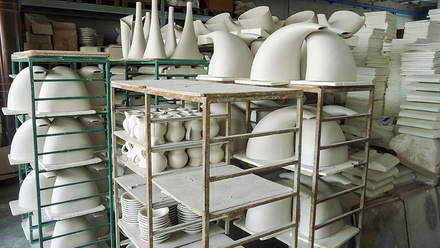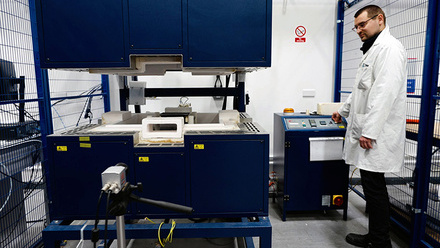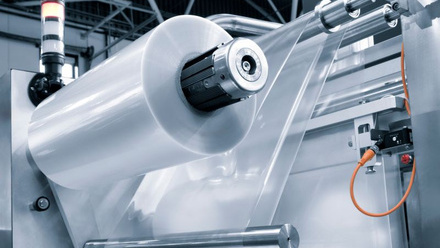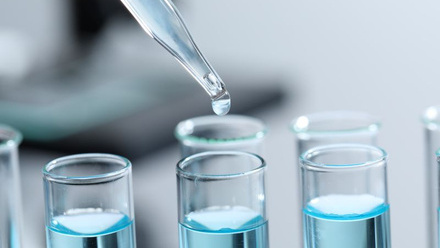Thermoplastic for stronger bone and joint replacements
A thermoplastic biomaterial that is mouldable, strong and processable could result in more robust, versatile and adaptable biomedical implants. Idha Valeur talks to the researchers behind the development.
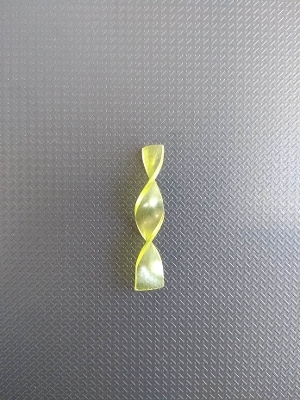
A biocompatible plastic with strength comparable to nylon but easier to shape and manipulate is the creation of researchers from the University of Birmingham, UK.
Lead Researcher on the project, Josh Worch, explains that in addition to strength and mouldability, the material possesses properties that nylon normally does not – the new material can be deformed and reformed to its original shape once it is heated.
It is this property that will be beneficial for long-term applications inside the human body – like bone replacement – as the combination of strength and adaptability is ‘unmatched in the existing biomaterials portfolio’, Worch says.
Structurally similar to nylon, the new material is a type of polyamide. Andrew Dove, Senior Researcher at the University, says, ‘It has a stereochemically defined architecture [a double bond in the backbone of the polymer chain] that sets it apart, making it non-crystalline, [whereas] nylons are crystalline. This is important because we believe that this disruption to the material crystallinity allows us to easily manipulate it while the polyamide structure still provides good mechanical strength.’
To create the material, the team set in motion an organocatalysed polymerisation reaction, thiolyne reaction. As a catalyst, the team used 1,8-Diazabicyclo[5.4. 0]undec-7-ene, which they refer to as an ‘organic superbase’. Dove details how the process is easy to complete and scale as it tolerates air and moisture and only takes an hour at room temperature in an open flask.
Worch explains, ‘We have extensively characterised the thermomechanical properties of the polyamide to determine how mechanically strong it is, i.e. how hard it is or [how] far it stretches before failure, at various temperatures, including biological temperatures. It is a tough plastic until we heat it above the glass transition temperature where the polymer softens and then it actually becomes elastic like a rubber.’
He adds this behaviour was both unexpected and interesting as it is not a property seen in other polyamides such as nylon. ‘We believe this phenomenon plays a role in the shape memory behaviour, meaning a shape change can be rationally “triggered” by application of an external stimulus. This might be important in expansion fitting of devices.
‘We also tested the material’s biocompatibility using cell cytocompatibility tests followed by implantation in animal models. It was well tolerated within the animal model, performing comparable to gold standard synthetic biomaterials.’
How long the material can remain inside the human body is yet to be confirmed, pending human trials, but the researchers are optimistic. ‘Our results indicate that the material is very stable under biological conditions over [eight weeks]. However, we anticipate the stability is potentially much longer, on the order of years, since the polyamide backbone is particularly resistant to degradation,’ Worch confirms.
The team is now actively searching for both industrial or academic collaborators to scale the process and advance the biological studies.



